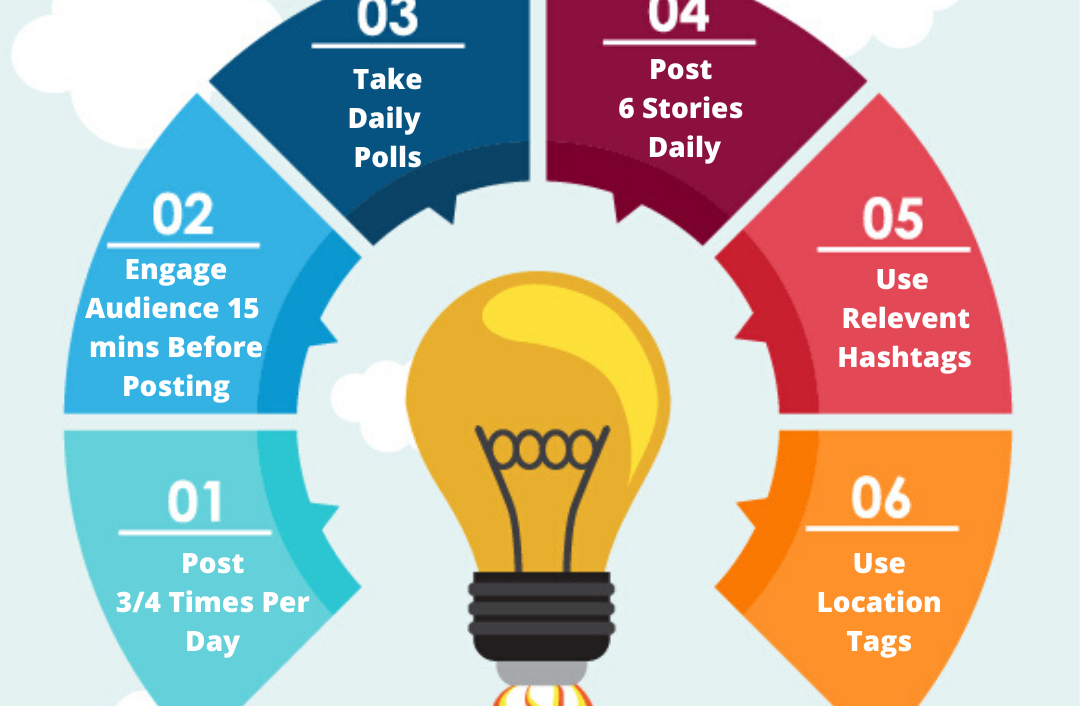Integrating Branding and Performance Marketing: Best Practices for a Synergistic Approach
In today’s competitive market, businesses face the challenge of standing out and capturing the attention of potential customers. Traditional marketing strategies often focus on either branding or performance marketing but integrating these approaches can provide a synergistic effect, leading to enhanced brand awareness, improved lead generation, and increased sales.
Branding
Branding refers to the process of creating a unique identity for a company, product, or service. It encompasses elements such as a company’s name, logo, tagline, and visual identity. Effective branding helps create a connection between a brand and its target audience, fostering loyalty and trust.
Performance Marketing
Performance marketing is a data-driven approach to marketing that focuses on measuring and optimizing results. It involves setting specific goals and using tactics such as pay-per-click (PPC) advertising, cost-per-action (CPA) marketing, and affiliate marketing to track and measure the success of marketing campaigns.
Integrating Branding and Performance Marketing
Integrating branding and performance marketing involves aligning these two disciplines to create a cohesive and effective marketing strategy. By doing so, businesses can leverage the strengths of both approaches to achieve their marketing objectives. Here are some best practices for integrating branding and performance marketing:
1. Define Clear Goals and Objectives:
Start by defining clear and measurable goals for your marketing campaigns. This will help you align your branding and performance marketing efforts and ensure that you’re working towards the same outcomes. Common goals may include increasing brand awareness, generating leads, or driving sales.
2. Develop a Cohesive Brand Story:
Create a compelling brand story that resonates with your target audience and aligns with your marketing goals. Incorporate this story into your branding and performance marketing efforts to create a seamless and consistent experience for your customers.
3. Integrate Branding Elements into Performance Marketing Campaigns:
Infuse your performance marketing campaigns with branding elements, such as your logo, brand colors, and messaging. This helps reinforce your brand identity and create a stronger connection with your target audience.
4. Use Data-Driven Insights from Performance Marketing to Inform Branding:
Performance marketing provides valuable data and insights into customer behavior, preferences, and conversion patterns. Use this data to inform your branding decisions, allowing you to refine your brand messaging and positioning to better align with the needs of your target audience.
5. Collaborate Between Branding and Performance Marketing Teams:
Foster collaboration between your branding and performance marketing teams. Encourage open communication and shared insights to ensure that both teams are working together effectively and making informed decisions.
6. Track and Measure the Impact of Integration:
Monitor the performance of your integrated branding and performance marketing campaigns to evaluate their impact on your marketing goals. Use data and analytics to measure metrics such as brand awareness, lead generation, and conversions to determine the effectiveness of your approach.
7. Continuously Adapt and Optimize:
The marketing landscape is constantly evolving. Regularly review the performance of your integrated branding and performance marketing strategy and make adjustments as needed. Stay updated on industry trends and best practices to ensure that you’re optimizing your approach and maximizing results.
Conclusion:
Integrating branding and performance marketing is a powerful strategy that can help businesses achieve their marketing objectives. By aligning these two disciplines, businesses can create a cohesive and effective marketing approach that resonates with their target audience, drives brand awareness, generates leads, and ultimately increases sales. With careful planning, implementation, and continuous optimization, businesses can harness the synergy between branding and performance marketing to achieve marketing success.








